Fire Fighting CO2 System for Cargo holds
The most frequently used system for fighting fire in cargo holds of a general cargo ship is the Co2 flooding system. The Co2 system consists of a fire detection system (smoke detectors) and an alarm system, along with Co2 cylinders. During an indication of fire in the cargo hold, the gang of co2 bottles are released depending upon the cargo permiability (how much space is empty over the cargo for co2).
The fire fighting system for cargo hold consists of a 20mm diameter sampling pipe in all cargo hold compartments of the ship. This is controlled from a cabinet placed on bridge or in ship’s control center. Air is continously drawn through these pipes to the cabinet with the help of suction fans which delivers air from the diverting valve into the wheel house.
Working
When there is a fire in any of the cargo hold compartments, the smoke is sucked into the sampling pipes and is passed through diverting valves in to the wheel house, thus warning the bridge personnel about the fire. Simultaneously, the sample from the pipes is passed over a smoke detector which senses the smoke and activates the audio visual alarm indicating the outbreak of fire.
The advantage of audio-visual alarm is that even if the bridge is unattended for e.g in port, there still will be an alarm for the outbreak of fire.
In the cabinet, the sample is passed over small propellers made up of nylon, through a transparent tube of 13mm diameter, indicating the flow. If the propellers are not running it indicates that the pipe is choked and hence to be rectified as soon as possible.
When there is a fire, the sampling pipe turns dark which can be seen in the transparent pipe of the particular cargo hold. The same sampling pipe is connected to bank of co2 bottles with the help of changeover valve. The co2 is released by opening appropriate valve for the hold after confirmation and discussion with the captain of the vessel or ship.
Important point that is considered before releasing the co2 is that the amount of co2 to be release is calculated i.e free volume of affected cargo hold which is calculated as Total volume of hold – volume of cargo. 30 % of the volume calculated is to be flooded with Co2. For one bottle of co2 the volume is calculated as 45.2kg.
Disclaimer :
The information contained in this website is for general information purposes only. While we endeavour to keep the information up to date and correct, we make no representations or warranties of any kind, express or implied, about the completeness, accuracy, reliability, suitability or availability with respect to the website or the information, products, services, or related graphics contained on the website for any purpose. Any reliance you place on such information is therefore strictly at your own risk.
In no event will we be liable for any loss or damage including without limitation, indirect or consequential loss or damage, or any loss or damage whatsoever arising from loss of data or profits arising out of, or in connection with, the use of this website.
Do you have info to share with us ? Suggest a correction
Latest Ship Safety Articles You Would Like:
Disclaimer :
The information contained in this website is for general information purposes only. While we endeavour to keep the information up to date and correct, we make no representations or warranties of any kind, express or implied, about the completeness, accuracy, reliability, suitability or availability with respect to the website or the information, products, services, or related graphics contained on the website for any purpose. Any reliance you place on such information is therefore strictly at your own risk.
In no event will we be liable for any loss or damage including without limitation, indirect or consequential loss or damage, or any loss or damage whatsoever arising from loss of data or profits arising out of, or in connection with, the use of this website.
Subscribe To Our Newsletters
By subscribing, you agree to our Privacy Policy and may receive occasional deal communications; you can unsubscribe anytime.



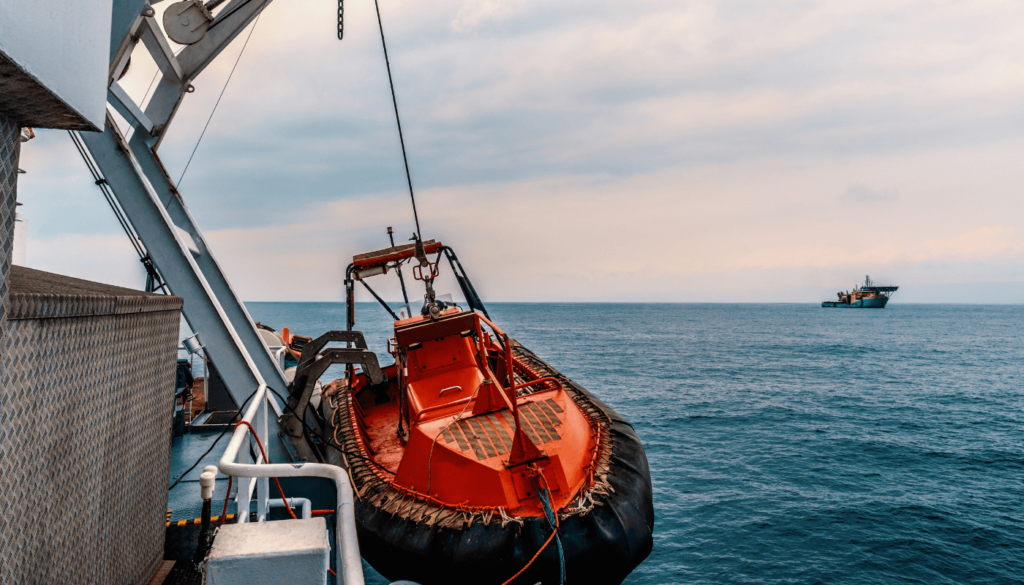
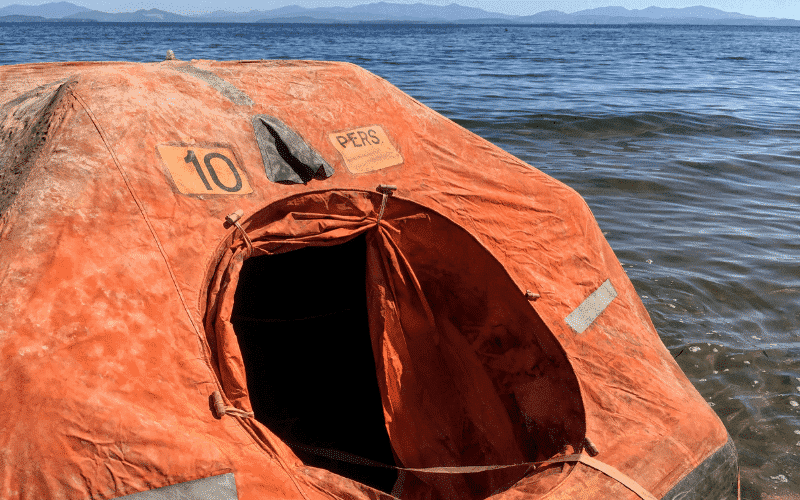
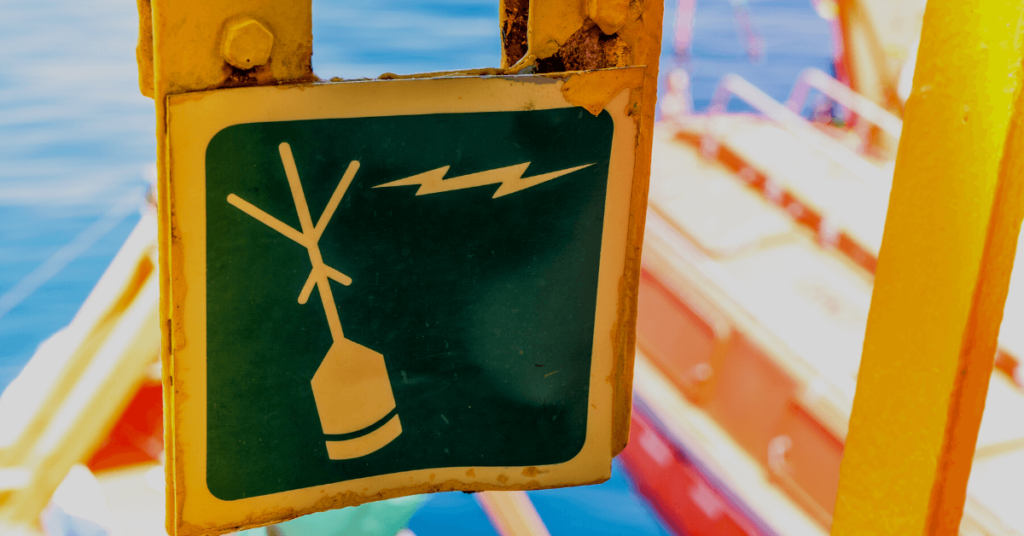
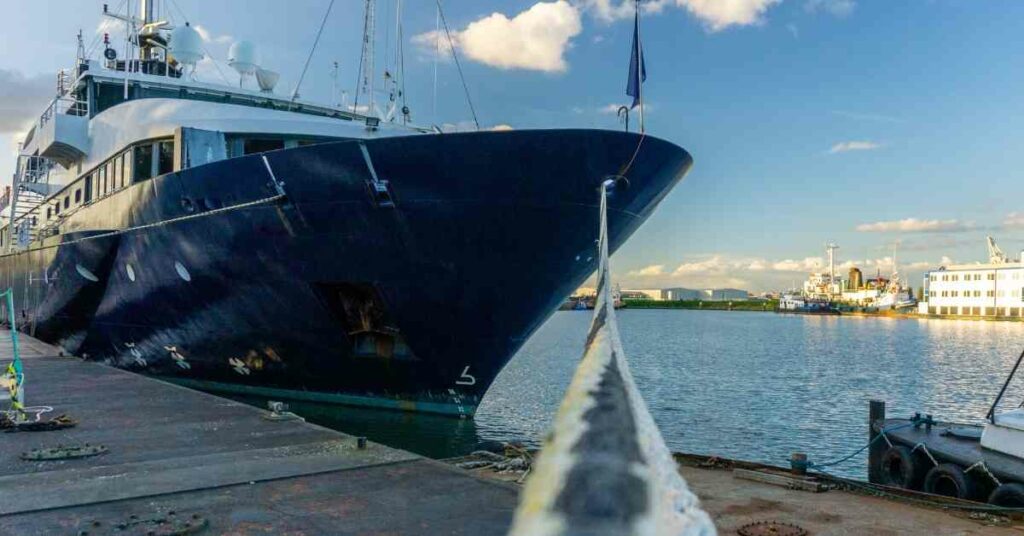
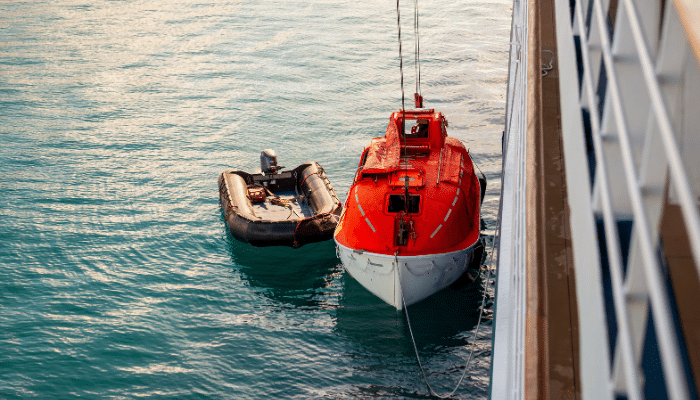
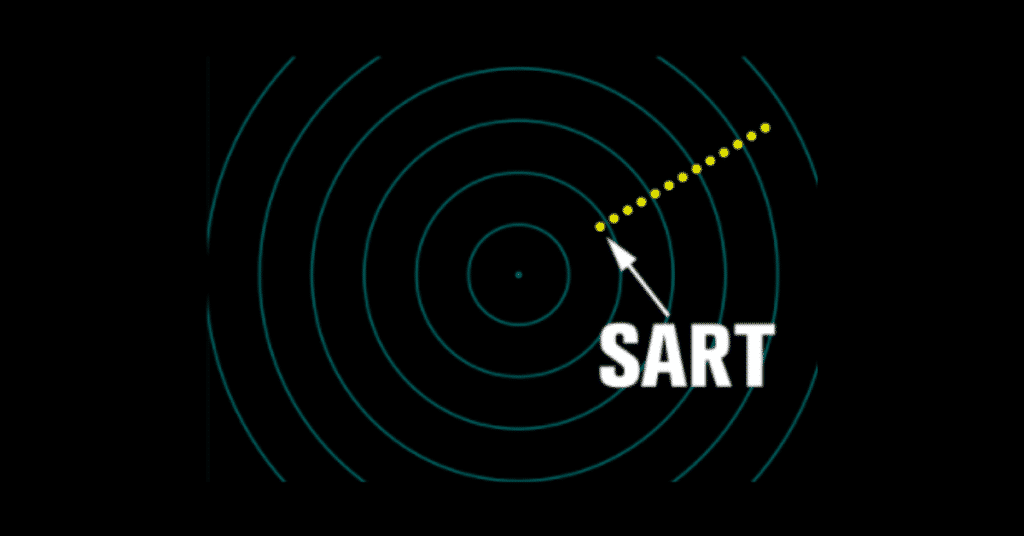

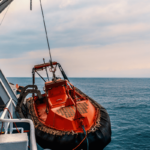

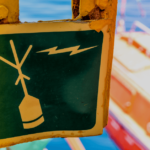

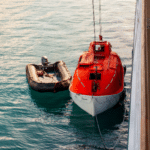
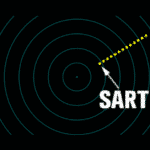
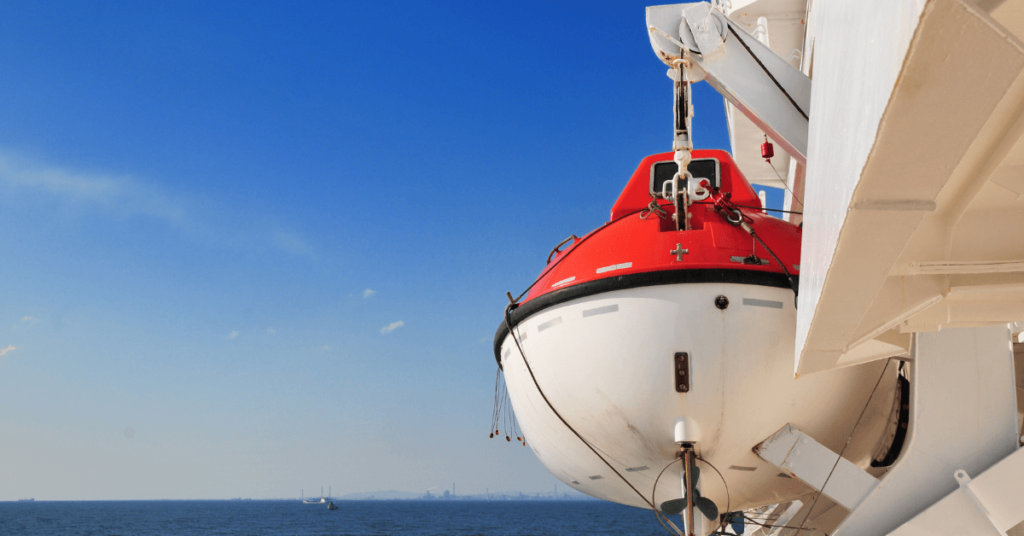
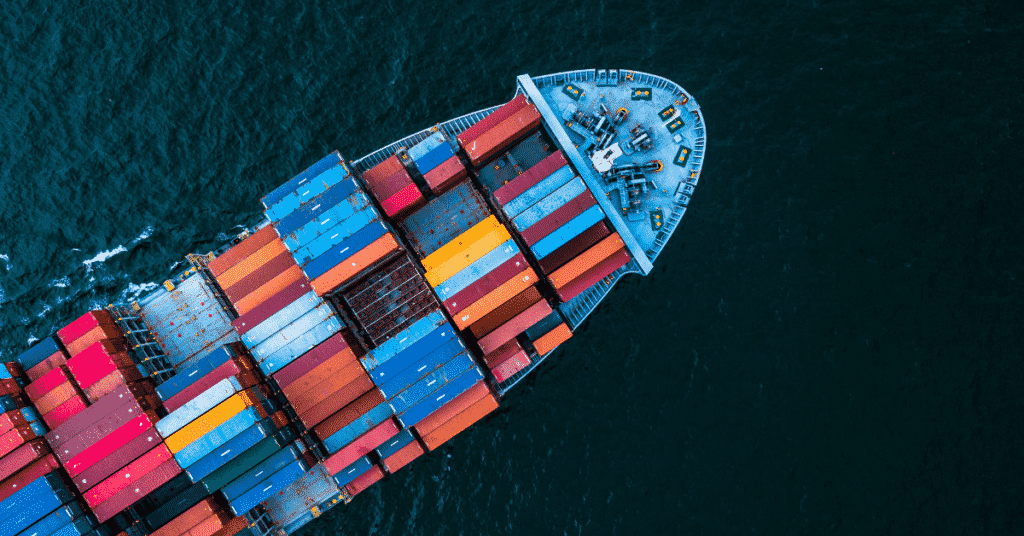
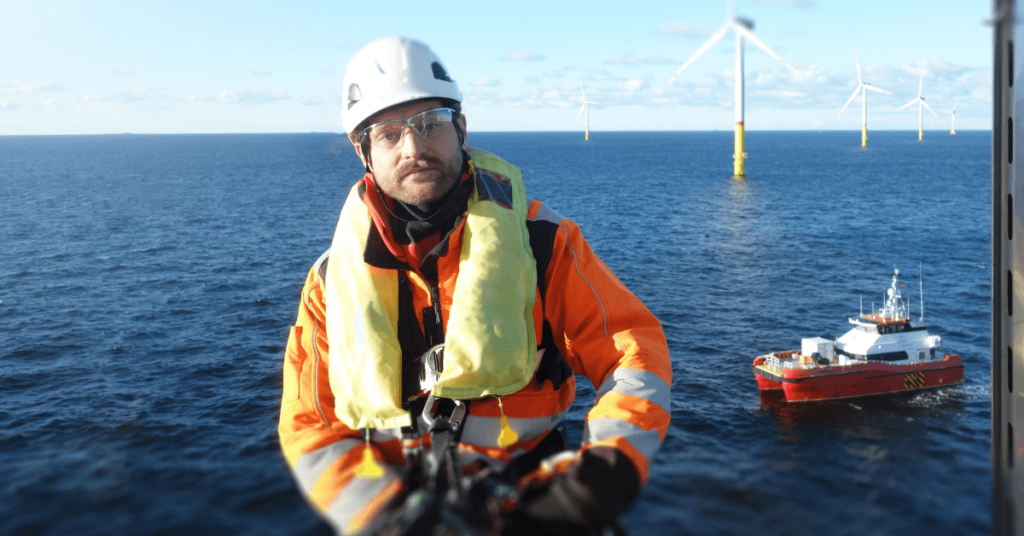
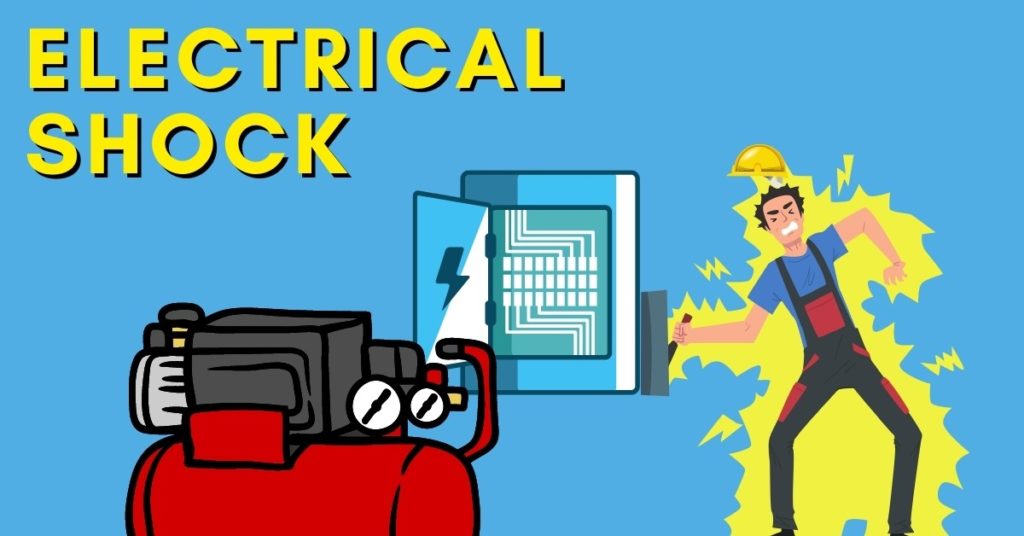
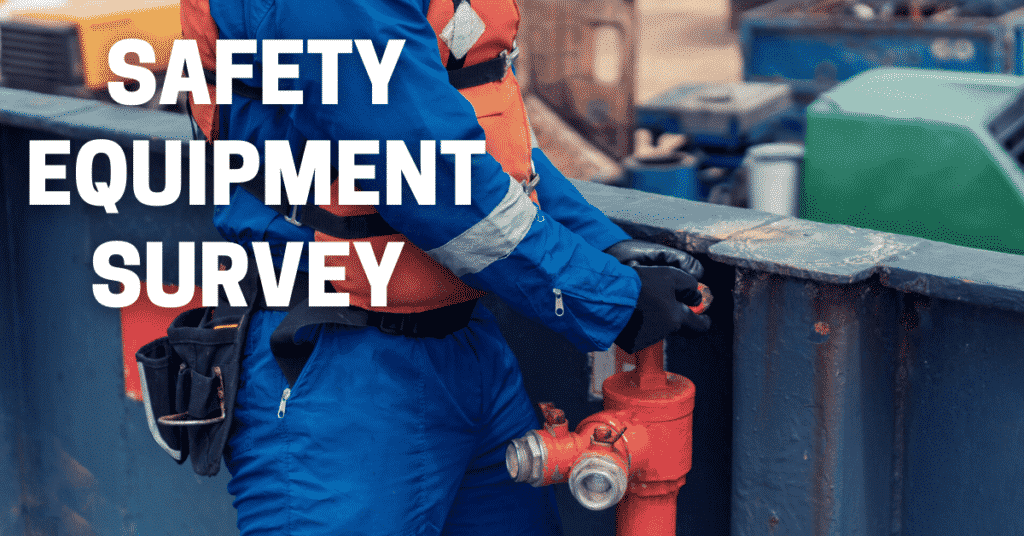
how to detect fire in cargo hold for ships without sample smoke extraction system?
What are the causes of fire in cargo hold ?
How do we limit the no. of cylinders from which CO2 has to be released?
If we use CO2 as fire extinguishing medium, there might be a danger of flash sparks generating
from accumulation of static electricity from CO2 particles.
Read somewhere that liquid nitrogen injection into holds of Bulk carrier holds or other inert gas
released into cargo holds to extinguish the fire.
Please correct me if I am wrong or updated me if there are any advance system using now.